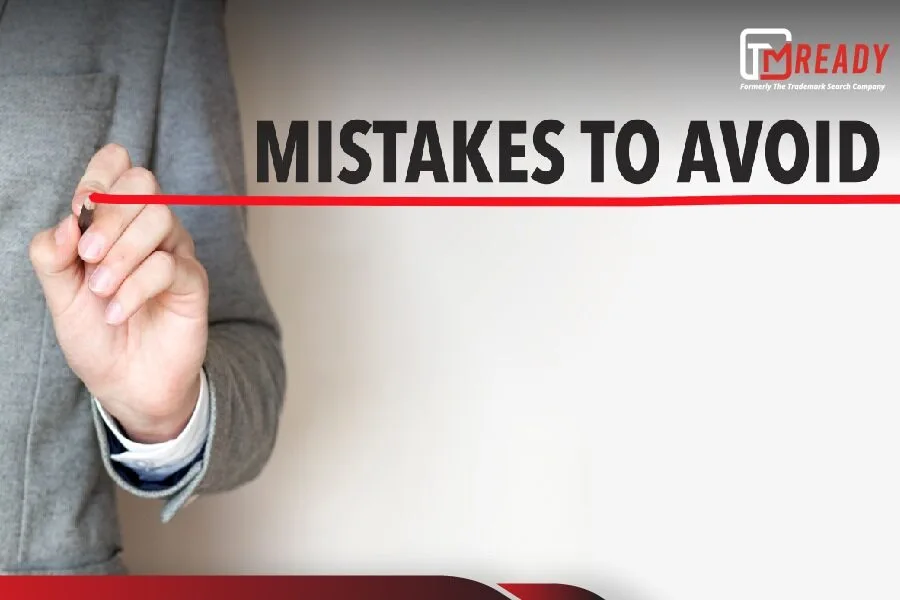What Is Trademark Violation ?
Trademark Violation aka Trademark Infringement means the use of a trademark, which some other person, business, or organization owns, without authorization. A trademark is a design, symbol, mark, word or phrase that serves as an identifying symbol for a product/service. Getting a trademark for a product/service grants exclusive rights from the USPTO to the trademark owner. This legally prevents any other person, business, or organization from using it in their name. So how do you avoid trademark infringement? Let’s find out.
What classifies as a Trademark Violation ?
Now we all know that trademark violation is commercially using an existing trademark that belongs to another entity without authorization. However, to file a trademark infringement suit, some things must be true:
- The mark is valid and eligible for legal protection.
- You must own the mark to claim the infringement
- The infringement must relate to the sale or advertising of goods/services by another entity under your mark.
Trademark violation can be possible for both types of trademarks: Federal and Common Law Trademark. A federal trademark gives you more geographic coverage, i.e All over the USA. While a common law trademark offers protection within a local area. However, it’s important to understand that BOTH types offer equal rights. Apart from the geographic coverage, there is no additional benefit in terms of rights for federal trademarks. Also, check out Basic Facts About Trademarks.
How to avoid trademark violation?
You should always avoid violating a trademark because that can have serious consequences. One successful way to avoid it is by performing an extensive trademark search before deploying your mark. This simply means to look around and check, whether the symbol is already in use by some other entity. You search the USPTO databases to check if a similar trademark exists or not. Find out how to conduct a trademark search.
However, not all trademarks are federal trademarks (i.e they are common law trademarks). This means that they will not exist in any USPTO database. Hence, you also need to conduct various internet searches for similar trademarks because they might still exist. So you need to steer clear of them as well.
It is not a compulsion, but highly advisable to hire a professional to perform this search.
Consequences of Trademark Violation
Trademark violation can lead to very serious consequences for the infringer. Let’s have a closer look at them:
- Sanctioning of cease and desist letter: The actual or lawful owner of the trademark can issue a ‘cease and desist’ letter to the infringer. This letter is basically a prelude to litigation. It’s a document that informs the infringer about the violation. The document includes information about your trademark like its domain, date of issue, etc. The intent is to make the violator stop using the same trademark or to change their trademark. This might result in a positive response from the violator and he/she agrees to stop using the same trademark. There can be a possibility that the violator simply ignores this notice letter and continues to use the same trademark. In that case, the lawful owner proceeds to take legal actions.
- Sanctioning injunction: The lawful owner can ask for an injunction letter against the violator. An injunction is an order that the court sanctions against the violator to warn to stop its usage. This even includes asking to destroy and seize any goods or products that have the same trademark immediately. The violator has the choice to either stop its usage or continue with the same trademark and face further legal consequences.
- Order to pay back the monetary damages: The court can ask the violator to pay monetary damages that occur to the original brand from the trademark’s illegal usage. This includes paying penalties, such as loss in sales due to illegal infringement and usage. It can also include the future advertising costs that the owner would need to invest to enhance its sales again, etc. The penalties may differ depending upon whether the violation made is intentional or unintentional. If the vialator is of using the trademark knowingly, then he may have to pay even three times the amount.
- Order to pay attorney’s fees: If the violation lawsuit fails to settle the infringement, the court may order the vialator to pay the owner’s attorney’s fees as well. This may incur the vialator to pay a lot of money since the trademark field is too costly. The attorney can also demand any amount he/she wants to fight the same case.
- Damage to your own business: Once an infringement is found, the customers may no longer recognize the vialator’s brand with the same reputation. His/her sales might take a big hit. He/she may even have to start over a new business with a new name or maybe with a different trademark.
Want to avoid trademark infringement? – TMReady
By now, you know 2 things clearly: Avoid infringement on a trademark and do a trademark search to avoid it. It is advisable to hire a professional for conducting this search. If you do, consider TMReady. Our team TMReady offers an exclusive and descriptive guide over which trademark search service will be appropriate for you. We shall determine this on the basis of the size of the firm and client’s requirements. We have a skilled and knowledgeable team of young professionals who can provide the best in time services. Still not confident? Here, have a look at our free sample search reports!
To make an inquiry, reach out to us on TMReady
Related Articles:
Global Trademark Search and its significance





